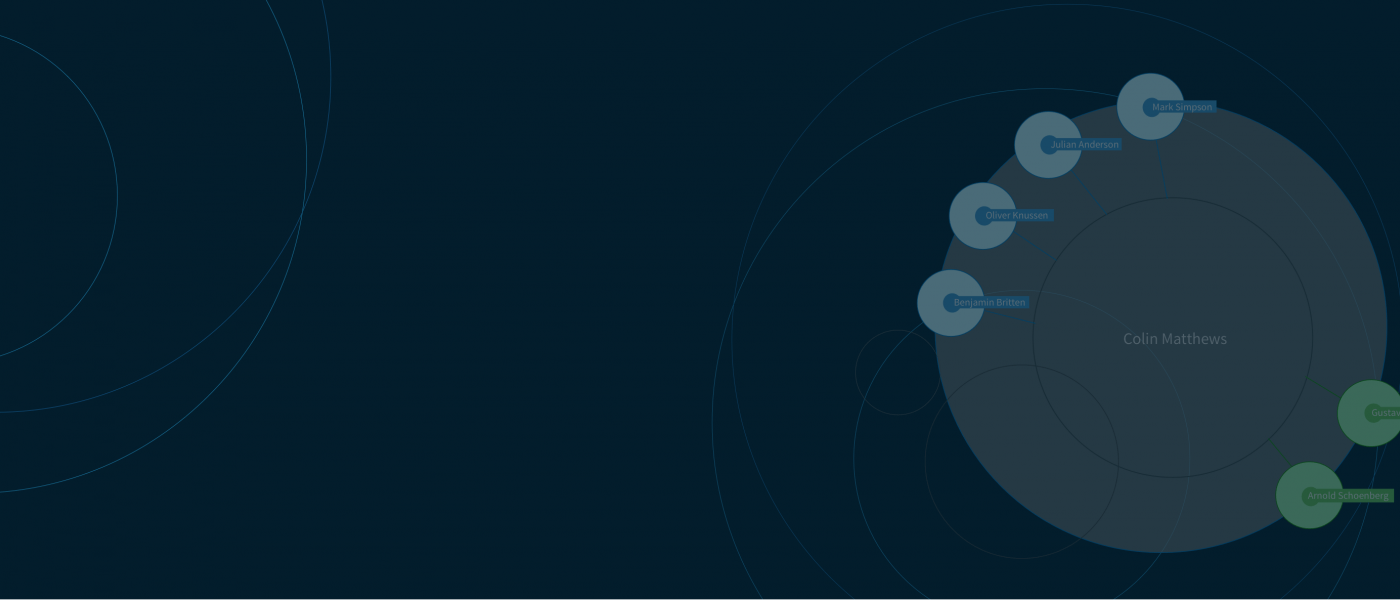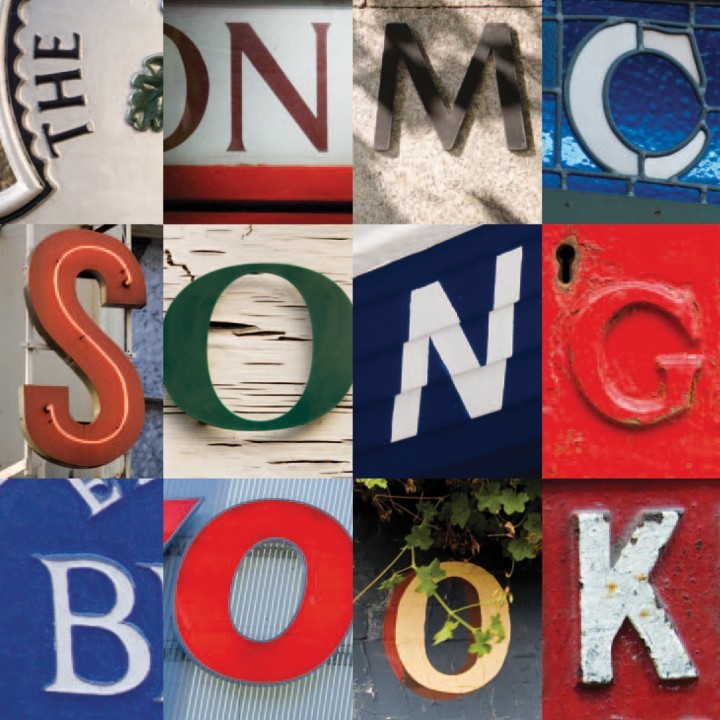Thomas Morley
Thomas Morley was born in Norwich in 1557 or 1558, the son of a brewer; he probably received his earliest musical education as a chorister at Norwich Cathedral, becoming organist of the cathedral in 1583 and graduating in 1588 with a BMus from Oxford. By 1589 he was organist of St Paul's Cathedral, London, and in 1592 was a Gentleman of the Chapel Royal (a singer).
Morley's compositions betrayed his enthusiasm for Italian madrigals, from his Canzonets for three voices (1593) and First Book of Madrigals for four voices the following year.
In 1596, Elizabeth I granted to Morley the monopoly of music printing (after William Byrd's patent had expired); he used it to promote Italian madrigals as well as his own music. Morley crowned his career by editing the 1601 Triumphs of Oriana, praising Elizabeth I - an imitation of the Venetian Il Trionfo di Dori.
Morley died in 1602.
Thomas Morley was born in Norwich in 1557 or 1558, the son of a brewer; he probably received his earliest musical education as a chorister at Norwich Cathedral, becoming organist of the cathedral in 1583 and graduating in 1588 with a BMus from Oxford. By 1589 he was organist of St Paul's Cathedral, London, and in 1592 was a Gentleman of the Chapel Royal (a singer).
Morley's compositions betrayed his enthusiasm for Italian madrigals, from his Canzonets for three voices (1593) and First Book of Madrigals for four voices the following year.
In 1596, Elizabeth I granted to Morley the monopoly of music printing (after William Byrd's patent had expired); he used it to promote Italian madrigals as well as his own music. Morley crowned his career by editing the 1601 Triumphs of Oriana, praising Elizabeth I - an imitation of the Venetian Il Trionfo di Dori.
Morley died in 1602.
Compilations with this composer
CompilationsRelated composers
Related composersExternal Links
Music Map
Discover more about the classical music of today with NMC's Music Map, and exciting and educational online tool which enables you to see and hear the connections between composers, their teachers, pupils, influences and their works.
Music Map

